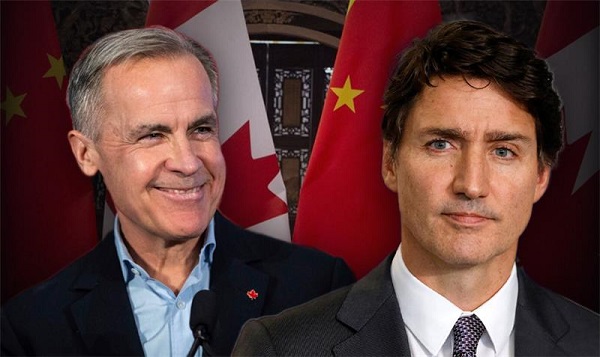Energy
First Nations Buy Into Pipelines
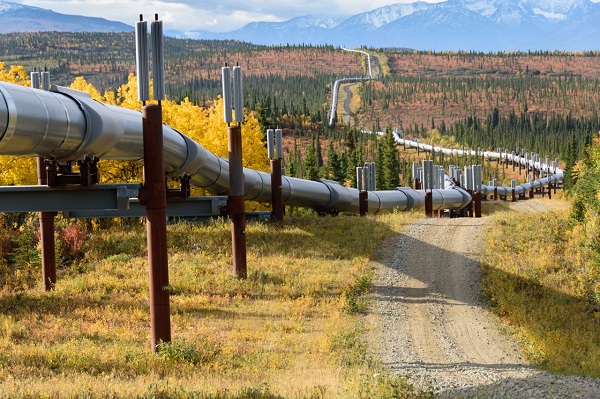
From the Frontier Centre for Public Policy
“Meaningful Indigenous participation in our resource economy is maturing. At first, First Nations used to ask for compensation, the jobs, and then for the contracts that created those jobs, Now they seek purchase equity in the project itself. Soon they will create the project and seek others to invest in it. Then they will have real economic power.”
It’s taken years to get here, but there’s a new trend in Canada’s pipeline industry, and it couldn’t come soon enough. That’s because the path we’ve been on until now has been one to ruin.
On July 30, TC Energy announced it was in the process of selling 5.34 per cent of its Nova Gas Transmission Ltd. (NGTL) System and the Foothills Pipeline assets for a gross purchase price of $1 billion. “The Agreement is backed by the Alberta Indigenous Opportunities Corporation (AIOC) and was negotiated by a consortium committee (Consortium) representing specific Indigenous Communities (Communities) across Alberta, British Columbia and Saskatchewan. This results in an implied enterprise value of approximately $1.65 billion, inclusive of the proportionate share of the Partnership Assets’ collective debt,” TC Energy said.
This comes a few months after its March 14 announcement to sell “all outstanding shares in Prince Rupert Gas Transmission Holdings Ltd. and the limited partnership interests in Prince Rupert Gas Transmission Limited Partnership (collectively, PRGT). PRGT is a wholly owned subsidiary of TC Energy and the developer of a natural gas pipeline project in British Columbia and potential delivery corridor that would further unlock Canada as a secure, affordable and sustainable source of LNG.”
The Nova system sale is significant. It’s the principal natural gas gathering system throughout Alberta and a bit into B.C. In addition to supplying Alberta with its gas needs, Nova, in turn, feeds the TC Energy Mainline. It also supplies Saskatchewan via Many Islands Pipe Lines and TransGas, both subsidiaries of SaskEnergy. And since Saskatchewan’s domestic gas production keeps falling, we now rely heavily on Alberta gas to keep our furnaces lit and our new gas fired power plants turning, keeping the lights on. When you look at the Nova map, it’s basically the map of Alberta.
Some of the most significant difficulties in getting major pipeline projects built in this country over the last 16 years has been Indigenous opposition. One of the first stories I wrote about with Pipeline News during the summer of 2008 was a First Nations protest on the Enbridge right of way at Kerrobert, complete with a teepee. That was for the Alberta Clipper project, but it was relatively quickly resolved.
Then there was Enbridge’s Northern Gateway project, which was approved by the Conservative federal government but halted by the courts because of insufficient Indigenous consultation. It was ultimately killed very early into the Trudeau-led Liberal administration, when he said, “The Great Bear Rainforest was no place for a pipeline, a crude pipeline.”
Northern Gateway would have terminated at Kitimat. Yet, curiously enough, that same forest had to be crossed to built the TC Energy Coastal GasLink project. It went grossly overbudget in no small part due to delays and resistance in every manner possible from the Wet’suweten in northern B.C. As Canadian Press reported on Dec. 11, 2023, “By the time the pipeline was finished, its estimated construction cost had ballooned from $6.6 billion to $14.5 billion.”
And then there was Trans Mountain Expansion. It had opposition from the BC government, City of Burnaby, and everyone who could apply a Sharpie marker to a Bristol board. But Indigenous opposition was a major factor. As Pipeline Online reported via the Canadian Press, “The project’s $34-billion price tag has ballooned from a 2017 estimate of $7.4 billion, with Trans Mountain Corp. blaming the increase on “extraordinary” factors including evolving compliance requirements, Indigenous accommodations, stakeholder engagement, extreme weather and the COVID-19 pandemic.”
By this spring, the number was $34 billion, and I anticipate its final cost will be higher still.
Maturing
There’s been a big change in recent years, not just in pipelines, but in other energy industries like wind and solar. That change had gone from consultation to jobs to equity investment.
The word used almost always is “reconciliation.” That can be a loaded word in many ways, Some feel it will heal wounds, and right past wrongs, or at least try to. Others would say it’s a form of extortion. And some take issue with racial overtones. But here’s something I heard this week that makes a lot of sense:
“Meaningful Indigenous participation in our resource economy is maturing. At first, First Nations used to ask for compensation, the jobs, and then for the contracts that created those jobs, Now they seek purchase equity in the project itself. Soon they will create the project and seek others to invest in it. Then they will have real economic power.”
That’s what Steve Halabura, professional geologist, told me. And he would know, since he’s been working with First Nations on this economic development front.
And you see that in the timeline I laid out. The 2008 protests were very much about compensation and jobs. Trans Mountain Expansion saw significant First Nations’ owned and operated firms awarded contracts. And now, they’re buying equity positions.
You know what? If First Nations bands, and people, do indeed become owners in these resource companies and infrastructure, if it helps pay for housing and water treatment plants, if it means meaningful work and paycheques, are they likely to fight the next project tooth and nail? Or will they want to be a part of it?
And think of it this way – if we could have gotten to this point ten years ago, maybe these projects might have gone much more smoothly. Maybe their final costs wouldn’t have been double, or quadruple, the original budget. When you think of it in that perspective – if a billion dollar equity stake meant Coastal GasLink could have cost $5 billion less, would it have been worth it to bring First Nations in as equity partners?
Some will say that’s extortion. Others would say it’s justice, or reconciliation. But maybe, just maybe, this is how we move forward, and everyone in the end wins. And maybe then Canada can, once again, build great things.
Brian Zinchuk is editor and owner of Pipeline Online and occasional contributor to the Frontier Centre for Public Policy. He can be reached at [email protected].
Canadian Energy Centre
First Nations in Manitoba pushing for LNG exports from Hudson’s Bay
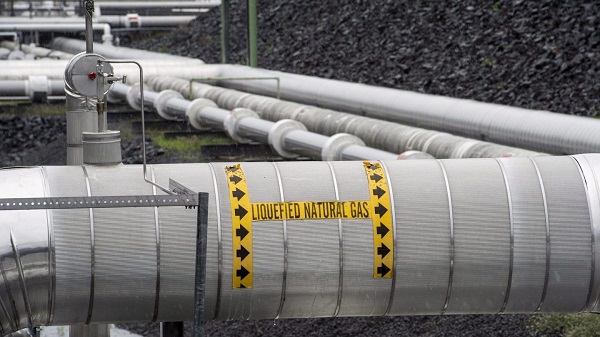
From the Canadian Energy Centre
By Will Gibson
NeeStaNan project would use port location selected by Canadian government more than 100 years ago
Building a port on Hudson’s Bay to ship natural resources harvested across Western Canada to the world has been a long-held dream of Canadian politicians, starting with Sir Wilfred Laurier.
Since 1931, a small deepwater port has operated at Churchill, Manitoba, primarily shipping grain but more recently expanding handling of critical minerals and fertilizers.
A group of 11 First Nations in Manitoba plans to build an additional industrial terminal nearby at Port Nelson to ship liquefied natural gas (LNG) to Europe and potash to Brazil.
Robyn Lore, a director with project backer NeeStaNan, which is Cree for “all of us,” said it makes more sense to ship Canadian LNG to Europe from an Arctic port than it does to send Canadian natural gas all the way to the U.S. Gulf Coast to be exported as LNG to the same place – which is happening today.
“There is absolutely a business case for sending our LNG directly to European markets rather than sending our natural gas down to the Gulf Coast and having them liquefy it and ship it over,” Lore said. “It’s in Canada’s interest to do this.”
Over 100 years ago, the Port Nelson location at the south end of Hudson’s Bay on the Nelson River was the first to be considered for a Canadian Arctic port.
In 1912, a Port Nelson project was selected to proceed rather than a port at Churchill, about 280 kilometres north.
The Port Nelson site was earmarked by federal government engineers as the most cost-effective location for a terminal to ship Canadian resources overseas.
Construction started but was marred by building challenges due to violent winter storms that beached supply ships and badly damaged the dredge used to deepen the waters around the port.
By 1918, the project was abandoned.
In the 1920s, Prime Minister William Lyon MacKenzie King chose Churchill as the new location for a port on Hudson’s Bay, where it was built and continues to operate today between late July and early November when it is not iced in.
Lore sees using modern technology at Port Nelson including dredging or extending a floating wharf to overcome the challenges that stopped the project from proceeding more than a century ago.
He said natural gas could travel to the terminal through a 1,000-kilometre spur line off TC Energy’s Canadian Mainline by using Manitoba Hydro’s existing right of way.
A second option proposes shipping natural gas through Pembina Pipeline’s Alliance system to Regina, where it could be liquefied and shipped by rail to Port Nelson.
The original rail bed to Port Nelson still exists, and about 150 kilometers of track would have to be laid to reach the proposed site, Lore said.
“Our vision is for a rail line that can handle 150-car trains with loads of 120 tonnes per car running at 80 kilometers per hour. That’s doable on the line from Amery to Port Nelson. It makes the economics work for shippers,” said Lore.
Port Nelson could be used around the year because saltwater ice is easier to break through using modern icebreakers than freshwater ice that impacts Churchill between November and May.
Lore, however, is quick to quell the notion NeeStaNan is competing against the existing port.
“We want our project to proceed on its merits and collaborate with other ports for greater efficiency,” he said.
“It makes sense for Manitoba, and it makes sense for Canada, even more than it did for Laurier more than 100 years ago.”
Energy
Straits of Mackinac Tunnel for Line 5 Pipeline to get “accelerated review”: US Army Corps of Engineers


From the Daily Caller News Foundation
By Audrey Streb
The Army Corps of Engineers on Tuesday announced an accelerated review of a Michigan pipeline tunnel under the Straits of Mackinac following President Donald Trump’s declaration of a “national energy emergency” on day one of his second term.
Enbridge’s Line 5 oil pipeline is among 600 projects to receive an emergency designation following Trump’s January executive order declaring a national energy emergency and expediting reviews of pending energy projects. The action instructed the Army Corps to use emergency authority under the Clean Water Act to speed up pipeline construction.
“An energy supply situation which would result in an unacceptable hazard to life, a significant loss of property, or an immediate, unforeseen, and significant economic hardship,” if not acted upon quickly, the public notice reads.

U.S. President Donald Trump holds up a signed executive order as (L-R) U.S. Treasury Secretary Scott Bessent, Secretary of Commerce Howard Lutnick and Interior Secretary Doug Burgum look on in the Oval Office of the White House on April 09, 2025 in Washington, DC. (Photo by Anna Moneymaker/Getty Images)
“Line 5 is critical energy infrastructure,” Calgary-based Enbridge wrote to the DCNF. The company noted that it submitted its permit applications to state and federal regulators five years ago and described the project as “designed to make a safe pipeline safer while also ensuring the continued safe, secure, and affordable delivery of essential energy to the Great Lakes region.”
Army Corps’ Detroit District did not respond to the DCNF’s request for a copy of the notice or for comment.
The pipeline has been active since 1953 and extends for 645 miles across the state of Michigan, according to the Department of Environment, Great Lakes, and Energy website. Line 5 supplies 65% of the propane needs in Michigan’s Upper Peninsula and 55% of the state’s overall propane demand, according to Enbridge.
The project has faced legal trouble and permitting delays that have hindered its expansion. Michigan Democratic Gov. Gretchen Whitmer in 2019 used a legal opinion by Attorney General Dana Nessel to argue that the law that created the authority to approve the project “because its provisions go beyond the scope of what was disclosed in its title.”
The State of Michigan greenlit the project in 2021 and the Michigan Public Service Commission approved placing the new pipeline segment in 2023.
Trump has championed an American energy production revival, stating throughout his 2024 campaign that he wanted to “drill, baby, drill,” in reference to oil drilling on U.S. soil.
-
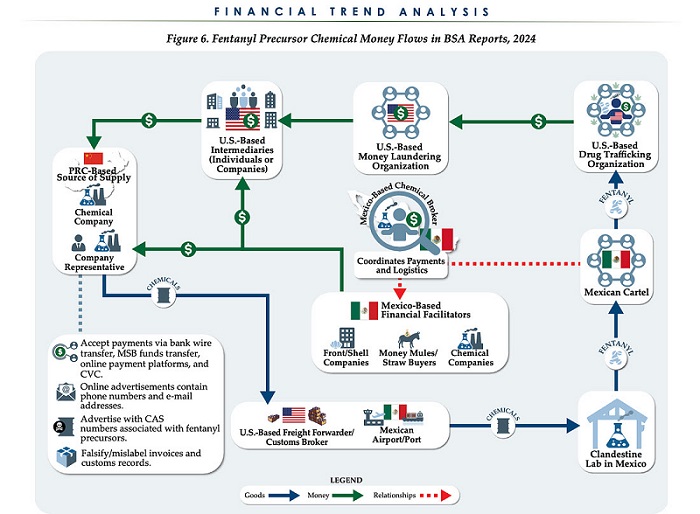
 Business1 day ago
Business1 day agoChina, Mexico, Canada Flagged in $1.4 Billion Fentanyl Trade by U.S. Financial Watchdog
-

 2025 Federal Election2 days ago
2025 Federal Election2 days agoTucker Carlson Interviews Maxime Bernier: Trump’s Tariffs, Mass Immigration, and the Oncoming Canadian Revolution
-

 espionage1 day ago
espionage1 day agoEx-NYPD Cop Jailed in Beijing’s Transnational Repatriation Plot, Canada Remains Soft Target
-
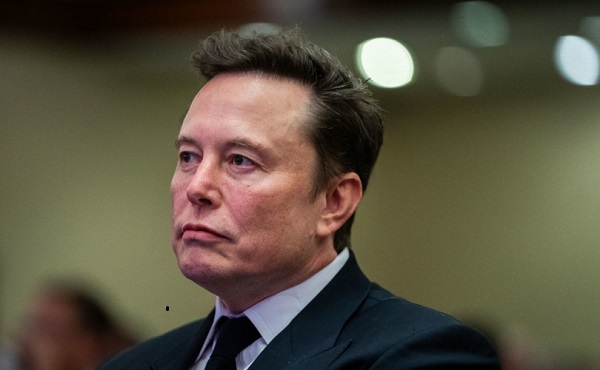
 Business2 days ago
Business2 days agoDOGE Is Ending The ‘Eternal Life’ Of Government
-

 2025 Federal Election1 day ago
2025 Federal Election1 day agoBREAKING from THE BUREAU: Pro-Beijing Group That Pushed Erin O’Toole’s Exit Warns Chinese Canadians to “Vote Carefully”
-

 2025 Federal Election2 days ago
2025 Federal Election2 days agoCanada drops retaliatory tariffs on automakers, pauses other tariffs
-

 Daily Caller1 day ago
Daily Caller1 day agoTrump Executive Orders ensure ‘Beautiful Clean’ Affordable Coal will continue to bolster US energy grid
-

 Daily Caller1 day ago
Daily Caller1 day agoDOJ Releases Dossier Of Deported Maryland Man’s Alleged MS-13 Gang Ties






